"Labès?" ("OK?") asks Baba Atanof, his voice a steady anchor in the vast expanse of the Algerian Sahara. The tourist, struggling to hoist her leg over a massive rock on the steep ascent, can barely muster a response. Her legs feel like jelly, and vertigo threatens to sweep her off her feet. But Atanof, a seasoned guide with the wisdom of the desert etched into his weathered face, takes her camera bag, adding it to the small backpack he already carries. With a gentle push, she finds her footing again, and the journey continues.
This desert, a seemingly endless sea of sand and rock, covers 83% of Africa's largest country. It is a land of extremes, of breathtaking beauty and unforgiving terrain. And it is here that Algeria's ambitious vision for the future is taking shape. The Algerian government has embarked on a master plan for tourism development by 2030, aiming to transform the country into a major tourist destination after decades of self-reliance following the end of French colonial rule in 1962.
Atanof, a Touareg man of Berber origin, is a living embodiment of this vision. As a nomadic pastoralist by tradition, he has spent his life navigating the Sahara's challenging terrain. His expertise is invaluable, guiding tourists through landscapes that few have ever seen. Working for Touareg Voyages, an accredited travel agency, he helps international visitors navigate the complexities of traveling in Algeria, from obtaining visas to traversing the desert's rugged beauty.
In January 2023, Algeria introduced a visa-on-arrival program for non-exempt foreign tourists, making it easier than ever to visit the Sahara. The move was a game-changer, opening the doors to travelers from around the world. The same year, Air Algerie launched a flight route between Paris and Djanet, an oasis town that serves as a gateway to the desert. Visas, once difficult to secure, are now practically guaranteed, with fees ranging from $38 to $376 depending on the length of stay.
The results have been remarkable. In 2023, Algeria welcomed nearly 3.3 million tourists, including almost 2.2 million foreigners—a year-on-year increase of 44% and 65%, respectively. The Algerian Ministry of Tourism and Handicrafts aims to boost the number of international visitors to 12 million by 2030. To achieve this, the government has developed a comprehensive roadmap, including the Tourism Development Master Plan 2030, which focuses on enhancing tourism services, infrastructure, and investment, as well as increasing hotel capacity.
Atanof leads his group to the summit of Tassili n'Ajjer National Park, a UNESCO World Heritage Site that feels like a journey to another planet. This nearly 50,000-square-mile park, located near Djanet in the southeast of Algeria, is a high plateau at altitudes ranging from 4,600 to 6,600 feet. It is a moonscape of giant sandstone formations, sculpted by nature over seven million years into "forests of rock." Among these natural wonders are an estimated 15,000 prehistoric paintings and engravings dating from 10,000 BCE to 750 BCE. Atanof, with his intimate knowledge of the area, guides the visitors through this open-air museum, where ancient artists used natural pigments like red and yellow ochre to depict scenes of everyday life, hunting, dancing, and a variety of animals.
The journey to see these prehistoric masterpieces is an adventure in itself. It involves a 75-mile trek across the plateau, where modern comforts are left far behind. For a week, the travelers live without showers, toilets, electricity, phone reception, Wi-Fi, or most 21st-century conveniences. They call it a "desert spa," a time to reconnect with nature, exercise, eat healthy food, breathe pure air, and find serenity. Their custom T-shirts bear the phrase: "It's all about the journey."
Sidi Baika, another guide on the trip, grew up in a tent as a Touareg but now lives in a desert town, working as a meteorological engineer. He shares stories of the simple, healthy life of nomads, which he believes is superior to life in the city. "The people who live in the desert have good health," he notes. "The life of nomads is very simple and healthy—better than the town." On this trip, he says, "I am returning to my primitive life… It's a very beautiful feeling."
Meals are prepared by a professional cook using a gas stovetop in a cardboard box, with campfires providing warmth and light at night. Fresh bread is baked with hot coals, and every meal ends with three cups of tea per person: the first "hard like life," the second "sweet like love," and the third "light like death," as the Touaregs say. Tea-making is a ceremonial process, blending green tea with powdered sugar and frothing it until it's ready to be shared. "No tea, big problem," Baika jokes, explaining that teatime is for storytelling, a vital part of Touareg oral culture.
As the group gathers around the fire, Baika shares tales of "jinn," invisible spirits believed to do both good and bad. The tourists huddle closer, seeking warmth in the February chill, as he opens an offline stargazing app to show constellations in the clear night sky. Touaregs traditionally navigate by the stars and sun, using time to measure distance. Baika estimates they've come within 30 miles of the Libyan border, an area now secured by new customs agreements between Algeria and Libya.
Algeria's efforts to secure its borders with neighboring countries, including Tunisia, Niger, Mali, Mauritania, Morocco, and Western Sahara territory, are part of a broader strategy to position the country as a sustainable tourism destination. The government views tourism as a key driver of development, and the Sahara is at the heart of this vision.
"In the desert, you have more time… with yourself, with your mind," Baika reflects. "In one week, you can review all of your life." The Touaregs on the journey embody this sense of peace. They are never annoyed or stressed, speaking softly, philosophically, and with humor. The visitors, unplugged from modern civilization, become attuned to the sounds of nature: the flapping of tent walls, the popping of steaming vegetables, the crackling of fires, and the whistling of air through their walking sticks. They also experience the profound silence and the power of non-verbal communication.
Tassili n'Ajjer holds spiritual and cultural significance for the Touaregs. It is home to endangered Saharan cypress trees over 4,000 years old, medicinal plants, and organic materials used to treat various ailments. Sefar, a stunning part of Tassili that the group visits, means "medicine" in the Touareg language Tamahaq. To the visitors' surprise, the desert is not devoid of water; it even rains occasionally, though only five days a year. The Algerian Sahara is also home to animals like the desert fox, wild sheep, jackal, and gazelle, whose footprints are visible in the sand.
After descending a steep gorge, the group is driven by monster trucks to the sand "sea" of Erg Admer, where golden dunes stretch as far as the eye can see. Three sandstone inselbergs rise majestically from the flat sand, one adorned with prehistoric etchings of cows. The visitors, clad in traditional chèches and daraas, stand atop the dunes, feeling small yet connected to the vastness of nature. As the sun sets, casting ethereal light over the landscape, one of them calls out, "Salam alaikum" ("peace be upon you" in Arabic).
Beyond its majestic sights, the desert's true magic lies in its simplicity. It is a place where modern distractions fade away, and the human spirit is rejuvenated. It is a place where every journey is a discovery, and every discovery is a journey. In Algeria, the Sahara is not just a destination; it is an experience, a way of life, and a testament to the enduring spirit of the Touareg people.
Algeria's rich history, shaped by civilizations from Neolithic and Numidian (Berber) to Roman, Arab, Ottoman, and French, adds another layer of depth to this experience. The northern coastal strip, known as the Tell, includes the port capital Algiers, Mediterranean beaches, vineyards, mountains, and ancient Roman ruins. UNESCO-listed sites like Djémila, Timgad, and Tipasa offer glimpses into the past, while the Saharan Atlas mountain range and oases provide a stark contrast to the lunar and volcanic landscapes of the Sahara.
As Algeria opens its doors to the world, it invites travelers to explore its diverse landscapes, from the golden dunes of the Sahara to the ancient ruins of its coastal cities. The journey to Tassili n'Ajjer is just one chapter in this unfolding story, a testament to the power of nature, culture, and human connection. For those who seek peace, simplicity, and a deeper understanding of themselves and the world around them, the Algerian Sahara offers an unforgettable experience. It is, indeed, all about the journey.

By Jessica Lee/May 20, 2025

By Victoria Gonzalez/May 20, 2025

By Christopher Harris/May 20, 2025

By Sophia Lewis/May 20, 2025

By Natalie Campbell/May 20, 2025

By Christopher Harris/May 20, 2025

By George Bailey/May 20, 2025

By Sarah Davis/May 20, 2025

By Daniel Scott/May 20, 2025
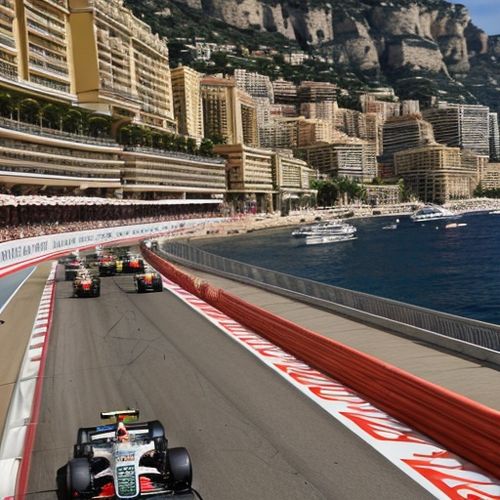
By Benjamin Evans/Apr 11, 2025
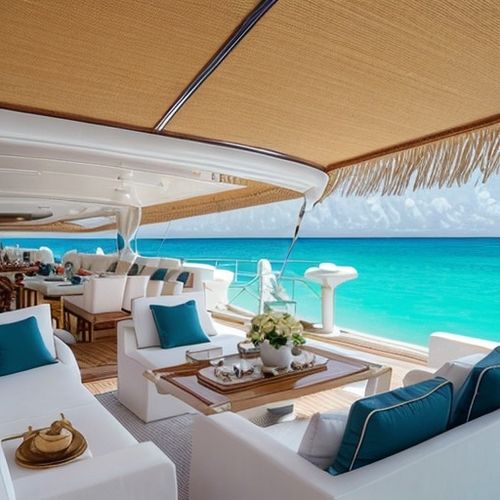
By Emily Johnson/Apr 11, 2025
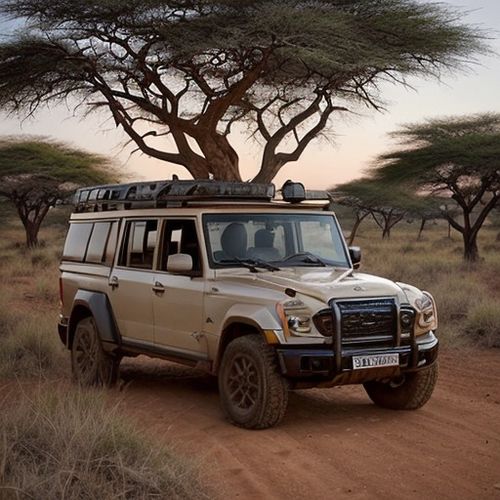
By Sophia Lewis/Apr 11, 2025

By Emma Thompson/Apr 11, 2025
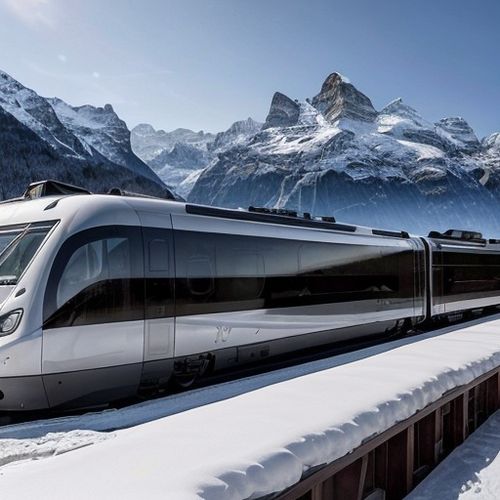
By Noah Bell/Apr 11, 2025
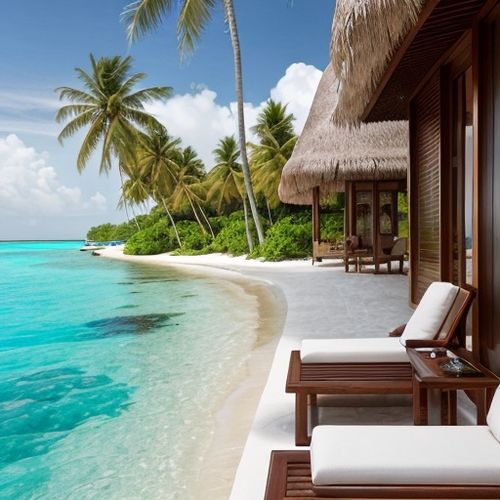
By James Moore/Apr 11, 2025
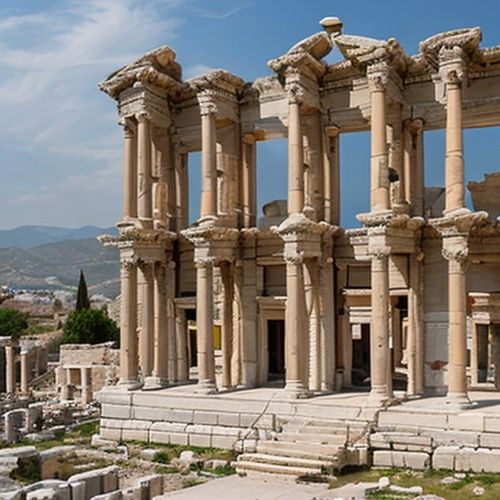
By Christopher Harris/Apr 11, 2025
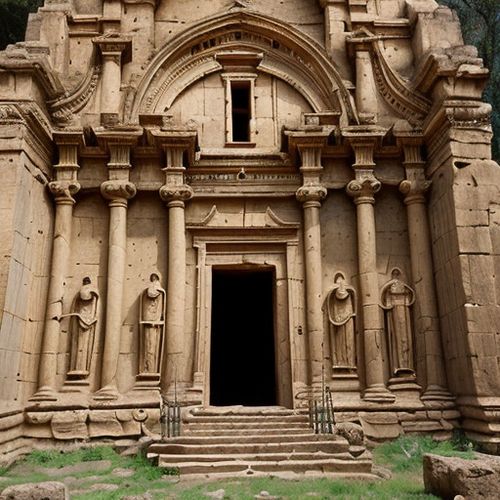
By Christopher Harris/Apr 11, 2025

By Daniel Scott/Apr 11, 2025

By Grace Cox/Apr 11, 2025